The Great Chase- Air Crash Investigation in a card game, a novel approach
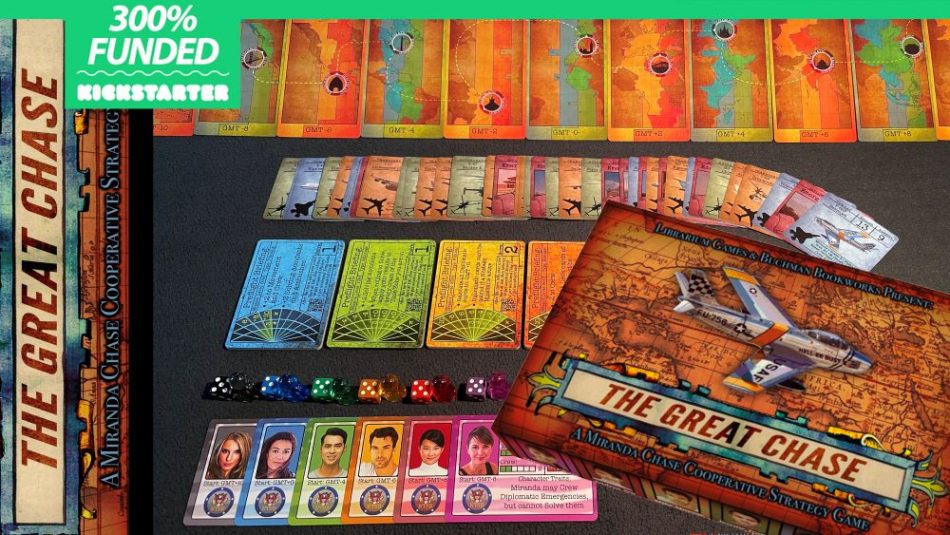
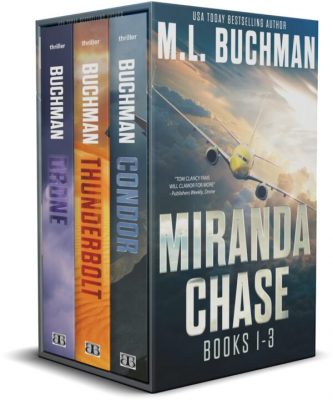
By Troy A. Hill
An author friend of mine, M. L. “Matt” Buchman, connected with me over a year ago at a writer’s convention in Florida. Matt was excited to show off a beta model of his new card game. One that plays like a board game, and is tied into his best-selling Miranda Chase series of political thrillers.
Well, in the midst of the pandemic, supply chain issues, and other issues kept the game from hitting our shores until earlier this year.
Fortunately, I was able to catch up with Matt a year after our first meeting and get a rundown of the game. It’s quick, plays easily, and is a cooperative game, or one fit for solo play. I caught up with him a few weeks later, when he sent a promo copy of the game my way. Read our conversation below.
A series of short video tutorials are available here from Librarium Games and Alexander Massar, the designer of the game.
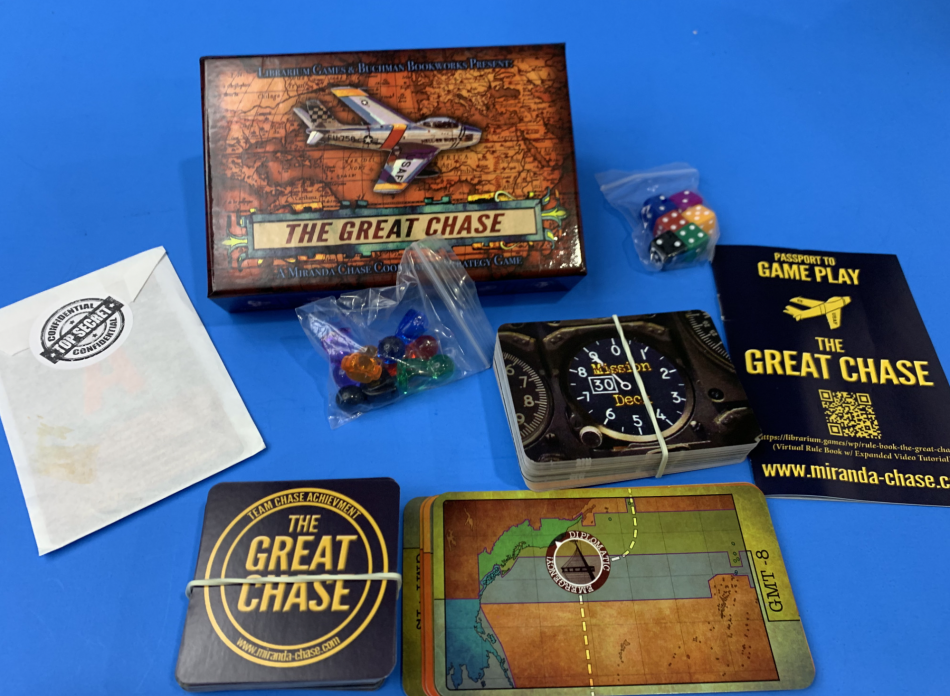
I played through the demo or training missions of the game. While it isn’t a complicated game, using a simplistic methodology for solving missions, there is strategy involved in selecting which personnel to include, how they move across the time zones to tackle specific missions, and the luck of the dice rolls all factor into how close to perfect score players achieve in each set of missions.
Merely substituting character cards, may or may not make the missions easier.
Players lay out the time zone cards with GMT-10 on the left, and in sequence, end with GMT +12 on the far right. Each card represents a jump of two time zones. Characters each have a time zone listed on their cards where they begin a series of missions. The missions are color-coded. Blue for training, green for easy, yellow for skilled, and red for expert.
The missions are played in numerical order. Blue mission one plays first, then mission two, etc. Each mission card indicates how many flight cards should be drawn, and which time zone they are placed in. Unsolved challenges remain on the board until they are solved, or until the game is ended.
The flight cards are the challenges that have to be solved by the characters. To solve a challenge, a character’s token must land in the time zone for that challenge. Each mission has a set of conditions, either Ambush or Accident, and your character in that space may apply their skills to solve either criterion. Roll a die, and add it to your character’s skills. If either skill plus die roll, plus any modifiers from other cards, are equal or greater, the challenge is solved.

Mission cards have various amounts of challenges that must be solved to retire that mission. At the end of the game (cycling through all the colored missions cards for that skill level) points are deducted from 100 for each unfinished mission, each time zone card with challenges, and for each challenge remaining. The goal is to clear the board and succeed in all missions for a score of 100.
However, don’t think that adding more characters to your roster will make the game easier. Each character added, adds at least one challenge per mission card.
1. Why did you, as an author, design a game based on your books?
Actually, this wasn’t my fault. In Miranda Chase #5, Raider, the characters (of Miranda’s air-crash investigation team) hitched a ride on a customized business jet (interior done by an online poker magnate). While aloft, they started fooling around with a deck of cards to understand their roles on the expanding team. In #6, Chinook, one of the characters turned it into a game about themselves and their jobs.
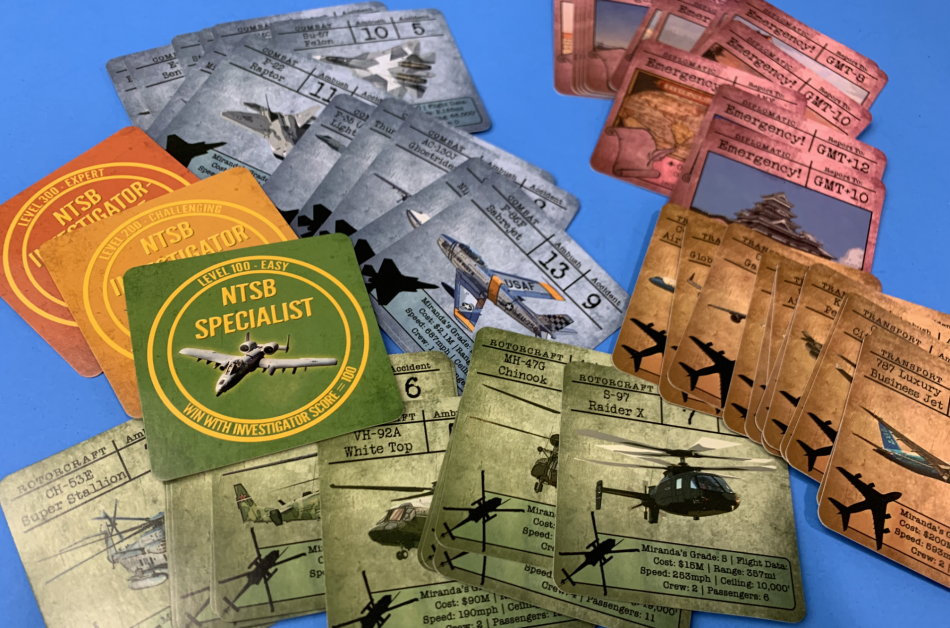
By that point, I wanted to play the game myself, so I set about designing it. After six months of groundwork, I thankfully met an actual game designer and we co-developed the idea into The Great Chase. It’s a cooperative play game in which we can play the characters and their investigations, that came out of them role-playing the game to understand themselves. It’s so very meta!
A secondary reason for designing the game was audience outreach. Writing more books (which I don’t expect to stop until I fall over because it’s too much fun), feeds my current audience. I was curious if a game might find me a new audience.
2. What kind of feedback are you getting from the fans of the books?
A bit to my surprise, both the book series fans and the folks who’ve never read the series are loving the game. We apparently struck that sweet spot we were aiming for in the design where it is a good and enjoyable game in and of itself, but there’s an added richness if you know the books. I have had some [who began with the game] starting to read the series as well and they’re getting hooked.
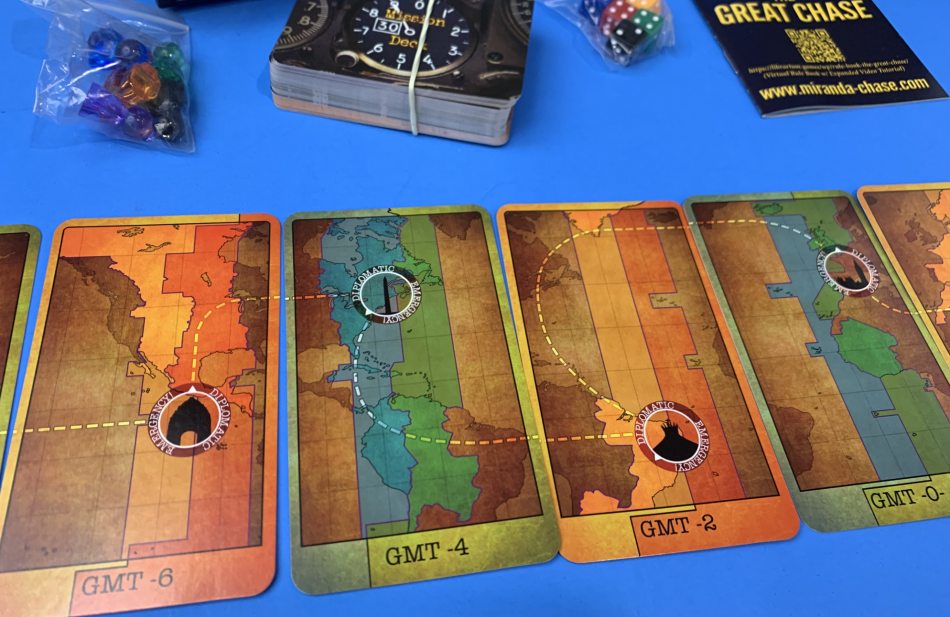
3. How does this complement the reader’s experience?
I like the added depth. You read a book, hopefully, talk about it with some friends, and you’re done with that book unless you become a superfan who rereads the books (of which I have many). Ideally, they’re hooked and reading their way through the series.
But still, the experience mostly ends with the last page of a novel. The Great Chase is designed to extend that experience whether in solo play or a full-on gaming night of up to six players. The game never plays twice the same and there are three primary challenge levels (and then some even tougher suggested variations). And in playing the game, they’ll be enticed to remember the world as each new book arrives.
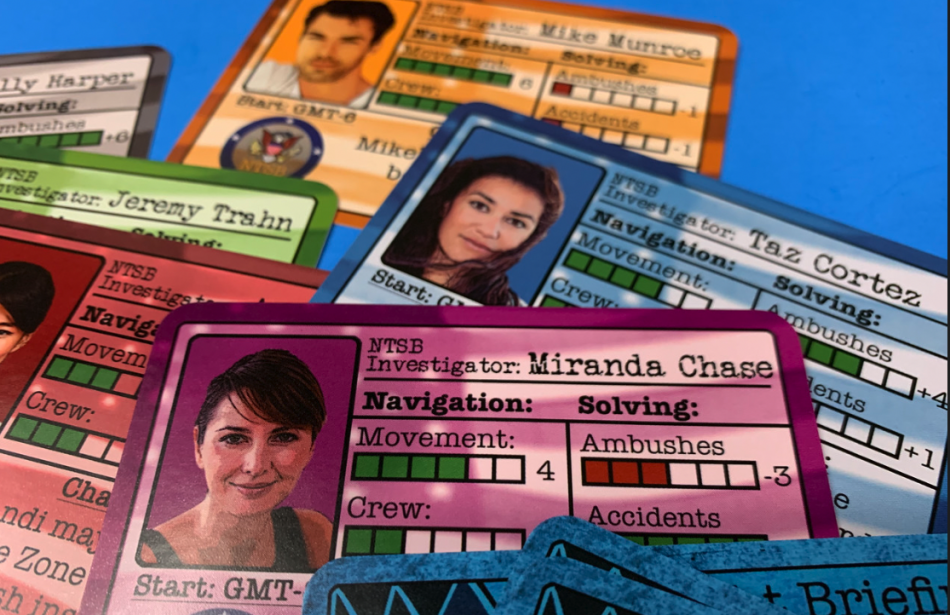
4. What is the most amusing quirk of the game?
This is a game (and book series) about air-crash investigations with global geopolitical implications. The game was designed to fit precisely on two standard airplane fold-down trays. So I’m waiting for the first report of a pair of gamers playing an air-crash investigation game, loudly, on a flight.
5. The game got held up by Chinese Censors. Matt’s website states
“The Shenzhen government review board banned the production and export of The Great Chase geopolitical strategy game due to the game’s use of internationally recognized Time Zones.”
Matt had to have two cards redesigned. First to move the silhouetted of the forbidden city wholly in the PRC’s border, and to note the PRC’s claim to all territorial waters of the South China Sea, despite a 2016 ruling by the UN to the contrary. Once those cards were redesigned and reprinted, the game was finally cleared to ship to the US.
I asked Matt how that affected the final production of the game:
It took us eight months, three rejections, and three design revisions to get through the Chinese Export Censor. By #2 I couldn’t avoid the irony: our geopolitical game based on a geopolitical-technothriller book series was being delayed by Chinese sensors for geopolitical reasons. That simply had to be addressed.
So, my wife and I came up with the idea of the 2-card add-on pack using the original card designs (as internationally accepted) with explanatory backs. They were printed at PrintPlayGames in the US and are hand-added to every shipment at no extra cost to the buyer.
And we didn’t place the order until after we were sure the original shipment had left China. The two-card pack, envelope, and stickers (+ assembly by us) were at the fulfillment house well before the game itself.

The game is available through Matt’s website (below) and retails for $30.00 US.
More about the books and the game at: www.miranda-chase.com.
